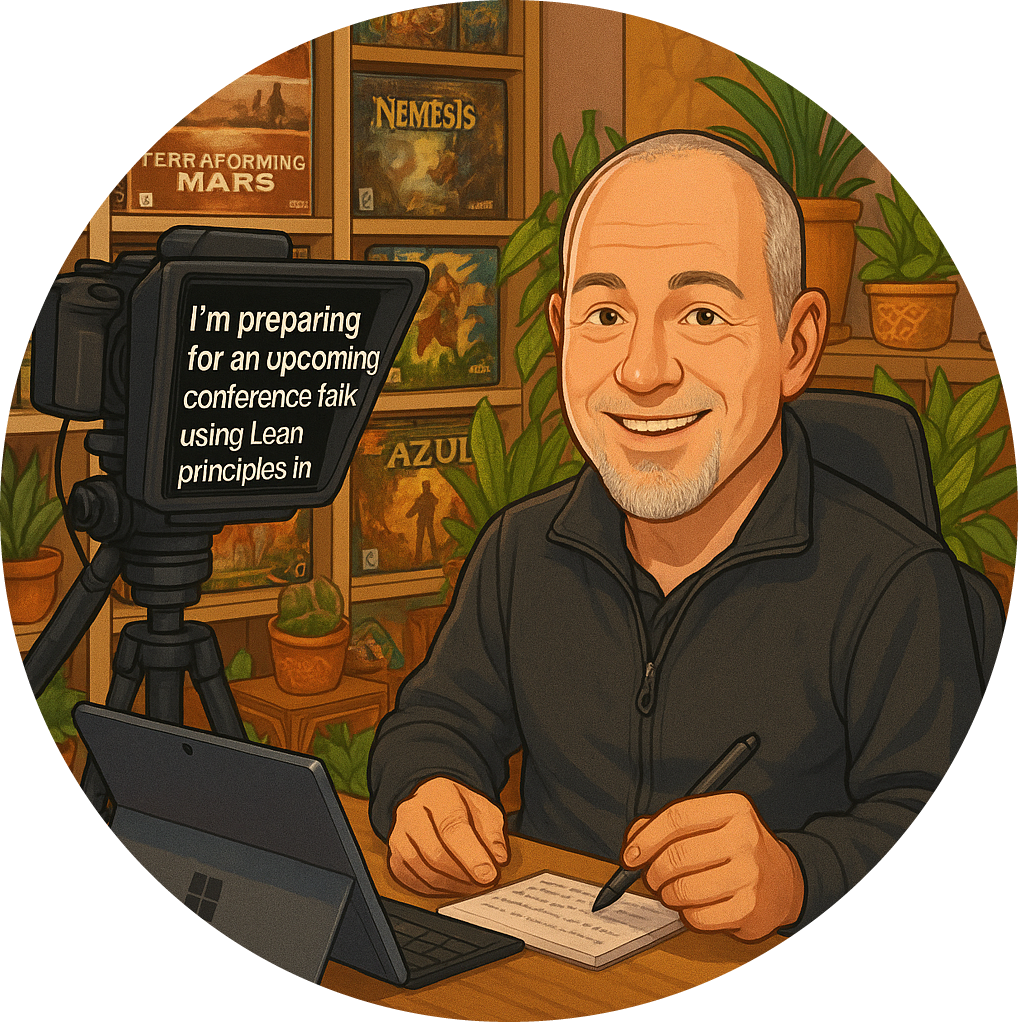Agile isn’t some trendy buzzword that just came out of nowhere. In fact, it’s far from new. It’s a concept that has roots stretching back centuries. Before the Industrial Revolution, small, local businesses, like your neighborhood cobbler, knew their customers on a personal level. They crafted products based on the unique needs and preferences of each individual. This personal connection, built on understanding and empathy, was central to how work got done.
The Loss of Human Connection in Business
Back then, businesses weren’t about mass production. They were about understanding the needs of individuals.
Your local cobbler didn’t just make shoes; they made your shoes because they knew your story.
As businesses scaled up, that personal connection faded, replaced by efficiency and standardization.
Many blame Frederick Winslow Taylor for this shift. He wasn’t trying to strip the humanity out of work; he aimed for efficiency. But the way his ideas were interpreted led to work environments that felt mechanical and dehumanized.
The Impact of Taylorism on Modern Work
Taylor’s ideas focused on productivity and breaking work into smaller tasks.
While it revolutionized industries, it came with a cost: the loss of human connection in the workplace.
As companies adopted these principles, they moved further from the personalized, adaptive ways of working that had existed before.
Agile, in many ways, is a return to those roots, a response to the rigidity that Taylorism brought. It’s about figuring things out as you go, learning from mistakes, and adapting to change. This approach mirrors how humans have navigated challenges for centuries.
The Evolutionary Story of Adaptation
Humans have always adapted to their environment, learning by doing.
Those who adapted to new tools, like farming equipment, thrived.
Those who resisted change struggled to survive.
This idea of adapting and evolving isn’t just about survival; it’s the foundation of Agile. It’s how we’ve always gotten things done, experimenting, failing, learning, and improving. So, while Agile might sound like a modern trend, it’s really just a new name for an age-old approach.
Agile’s Resurgence in the ’90s: The Birth of XP
The ’90s marked a turning point for Agile, especially in the software industry. The traditional ways of building software were failing, teams were drowning in complexity, struggling with waste, and producing low-quality products. Enter Extreme Programming (XP), which brought Agile principles into the spotlight.
Why XP and Agile Gained Traction
High levels of waste: Traditional methods were inefficient.
Hateful work environments: Many, like Ken Schwaber, described it as “hateful work.” Employees, managers, and even leaders were frustrated.
Complexity was out of control: Teams were trying to control chaos, often with disastrous results, like trying to tame a wild lion.
I still remember starting out in the software industry, hearing about these so-called Death March projects. Everyone knew these projects were doomed from the start, yet we were expected to push through because “that’s just how it is.”
The Challenge of Death March Projects
Dead on arrival: Projects that everyone knows won’t succeed.
Unrealistic expectations: Timelines, budgets, and feature lists that were never achievable.
Motivation killer: Team morale plummets when everyone knows they’re working on a losing battle.
It was in this environment of frustration and failure that the Agile Manifesto emerged in 2001, bringing a new way of working that focused on people, empathy, and collaboration.
The Agile Manifesto: A New Way of Working
The Agile Manifesto didn’t lay down strict rules. Instead, it suggested a new way of thinking, a shift from rigid processes to a focus on human interactions and adapting to change. It aimed to bring back the social aspects of work that Mary Parker Follett spoke about nearly a century earlier.
Key Principles of the Agile Manifesto
Embrace complexity: Accept that you can’t control everything.
Focus on people: Build products with empathy and a deep understanding of user needs.
Iterate and adapt: Learn from feedback and keep improving.
The intent was to create an environment where teams could thrive, build valuable products, and adapt quickly to change. However, there was an underlying assumption that has since proven problematic.
The Competence Gap in Agile Roles
When the Agile movement took off, it assumed a certain level of craftsmanship and competence from its participants. But the demand for skilled engineers, product managers, and leaders who understood Agile far exceeded the supply. Even today, this competence gap remains.
Why Competence Matters in Agile
Engineering: It’s not just about writing code; it’s about delivering value.
Product Management : Understanding user needs and translating them into valuable features.
Leadership : Guiding teams through uncertainty, focusing on outcomes over outputs.
When I entered the workforce in 2001, there was a rush to fill these roles, but the focus wasn’t on quality. As a result, many organizations hired people who didn’t fully grasp what Agile was supposed to achieve. The outcome? A watered-down version of Agile that didn’t live up to its potential.
The Competence Crisis: A Struggle for Value
Today, many organizations are facing a competence crisis. They’ve invested in Agile practices, hired Scrum Masters and coaches, but they aren’t seeing the return on investment they expected.
The Symptoms of the Competence Crisis
High salaries, low impact: Companies pay top dollar for Agile roles but don’t see the results.
Lack of leadership skills: Many leaders in Agile roles don’t understand how to guide teams through complexity.
Misaligned expectations: Organizations expect immediate results, but Agile requires patience and continuous improvement .
This gap between expectation and reality is forcing many companies to rethink their Agile journey. They’re starting to see that competence is the missing ingredient, and without it, their Agile transformation is likely to fail.
The Commercialization of Agile: A Reset is Coming
What started as a movement to bring back humanity and adaptability to work has, in many ways, become a commercialized, watered-down version of itself. But I believe a reset is on the horizon, a return to the original principles of Agile, where competence, empathy, and adaptability take center stage.
Signs of the Reset
Organizations demanding more: They want value for their investment and are no longer satisfied with superficial Agile transformations.
A focus on real skills: Companies are starting to prioritize competence in their hiring and training.
Back to basics: A shift towards pragmatic Agile that focuses on what truly works rather than following a rigid framework.
Agile isn’t just about ceremonies and rituals. It’s about creating environments where teams can experiment, learn, and adapt. It’s about bringing back that human connection that we lost in the drive for efficiency. And most importantly, it’s about being ready to evolve, because that’s what humans have always done.
Final Thoughts: Building a Competent Agile Future
Agile isn’t new, but our understanding of it continues to evolve. As we move forward, it’s critical that we focus on the competence of those driving Agile transformations. Here’s my advice for anyone on this journey:
Invest in continuous learning : Whether you’re a Scrum Master , engineer, or product manager, keep building your skills.
Embrace feedback: The best Agile practitioners are those who listen, adapt, and improve.
Stay true to the principles: Agile is about people, not processes. Always keep that in mind.
The future of Agile lies in our ability to learn from the past, adapt to the present, and build a path forward that’s grounded in competence, empathy, and a genuine desire to create value. 🚀 Ready to embrace the next chapter of Agile? It’s time to reset, refocus, and build a future that stays true to the heart of what Agile is all about.


























